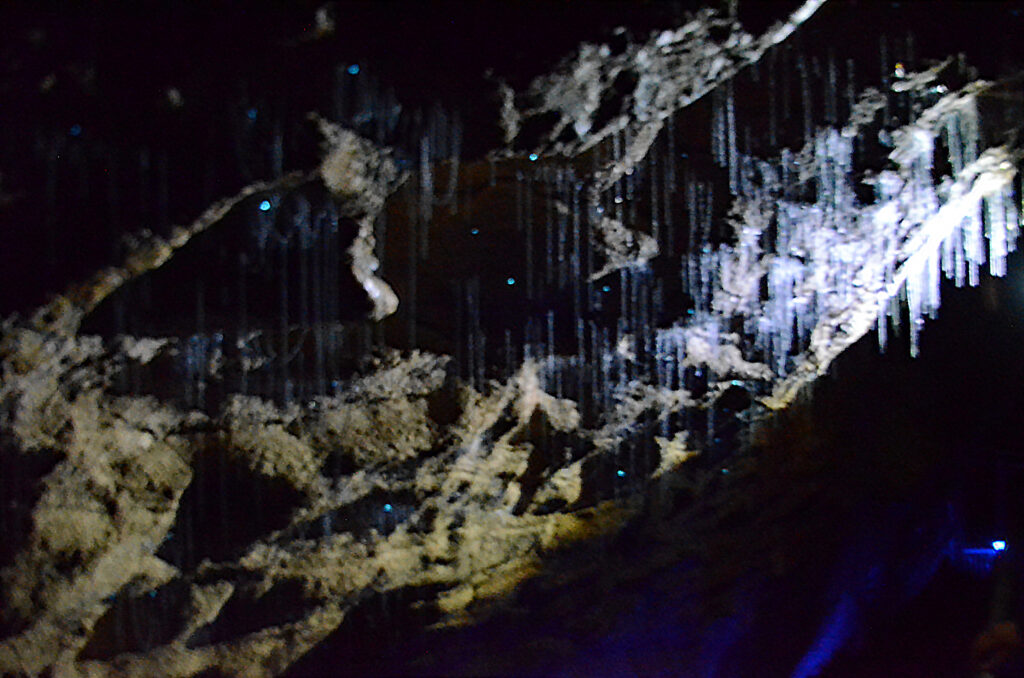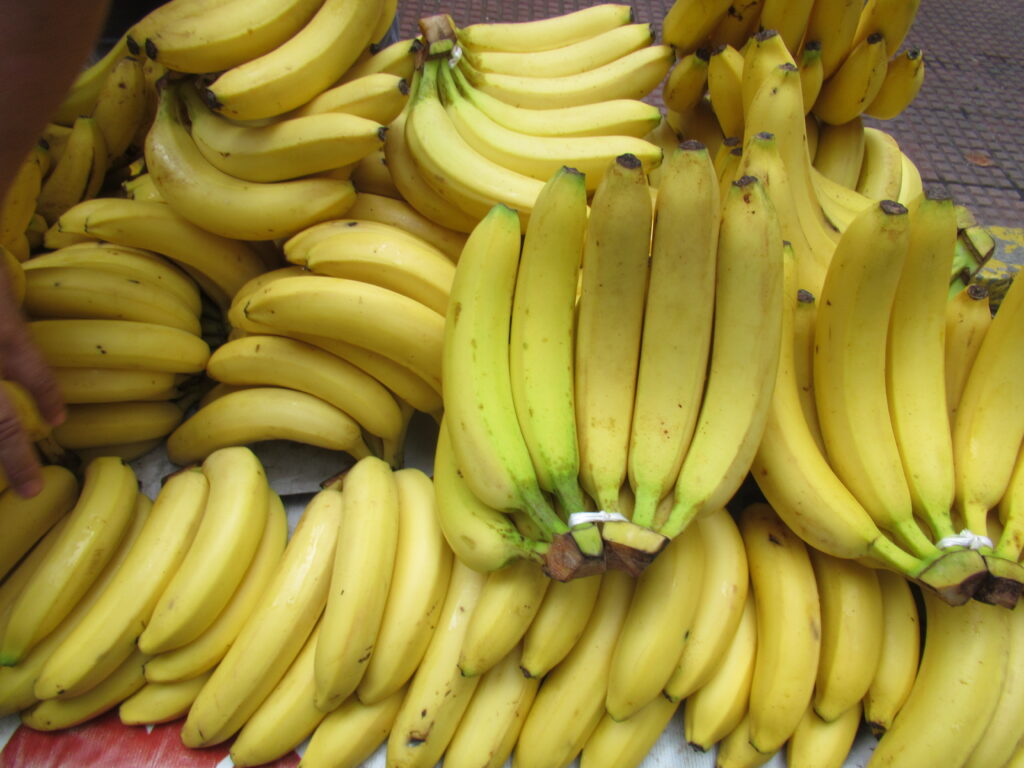Imagine diving into a world painted in electric blues, neon greens, and brilliant reds—only to find it suddenly faded, ghostly white, and eerily silent. This isn’t a scene from a science fiction movie; it’s the reality facing coral reefs across the planet. Yet, in the depths of our warming oceans, a new hope is emerging. Heat-resistant corals, once rare and overlooked, are starting to rewrite the story of reef survival. Their evolution is not just a scientific curiosity—it’s a lifeline for one of Earth’s most fragile and awe-inspiring ecosystems.
The Shocking Toll of Rising Ocean Temperatures
Ocean temperatures have been creeping upwards at an alarming rate, especially over the last decade. Coral reefs, which thrive in a delicate balance, are among the most sensitive victims of this change. When the water gets too warm, corals expel the tiny algae living inside them—a process called bleaching. Without these algae, corals lose their color and, more critically, their primary food source. This isn’t just a cosmetic problem: mass bleaching can lead to mass die-offs, leaving entire reefs barren. The Great Barrier Reef, for example, has suffered severe bleaching events in 2016, 2017, and 2020, each time losing unprecedented numbers of corals. It’s hard not to feel a pang of loss thinking about these underwater cities collapsing.
What Makes a Coral “Heat-Resistant”?
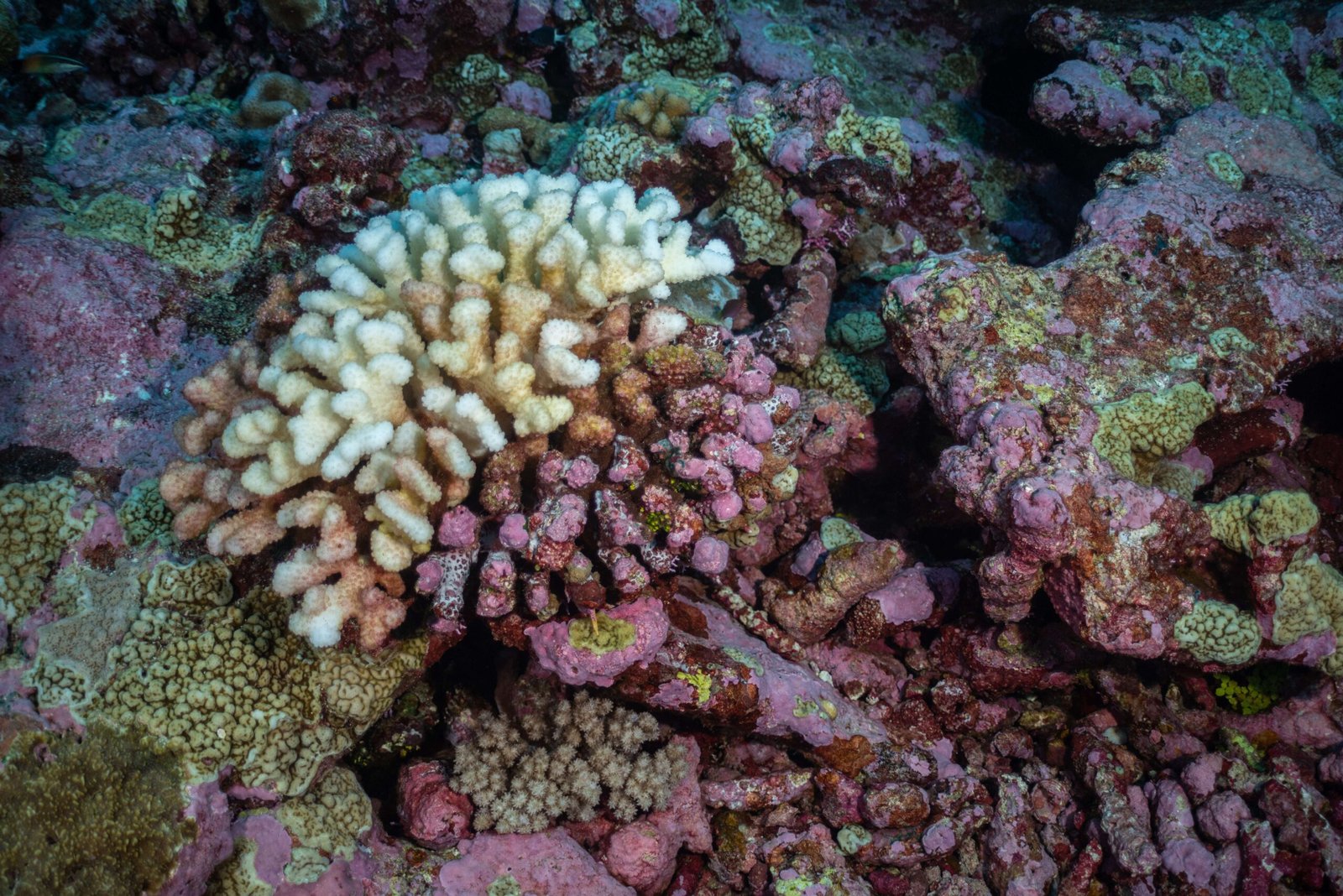
Not all corals respond to heat in the same way. Some, against all odds, manage to survive even as the water heats up. Scientists call these the “heat-resistant” or “thermally tolerant” corals. These resilient survivors can either keep their algae or quickly recover after a bleaching event. Their secret? A mix of robust genetics, special types of symbiotic algae, and sometimes even a little help from their microbial friends. It’s a bit like finding a plant that keeps blooming in the middle of a scorching summer while everything else wilts. Understanding what gives these corals their superpowers is now a top priority for researchers.
The Genetics Behind Coral Resilience
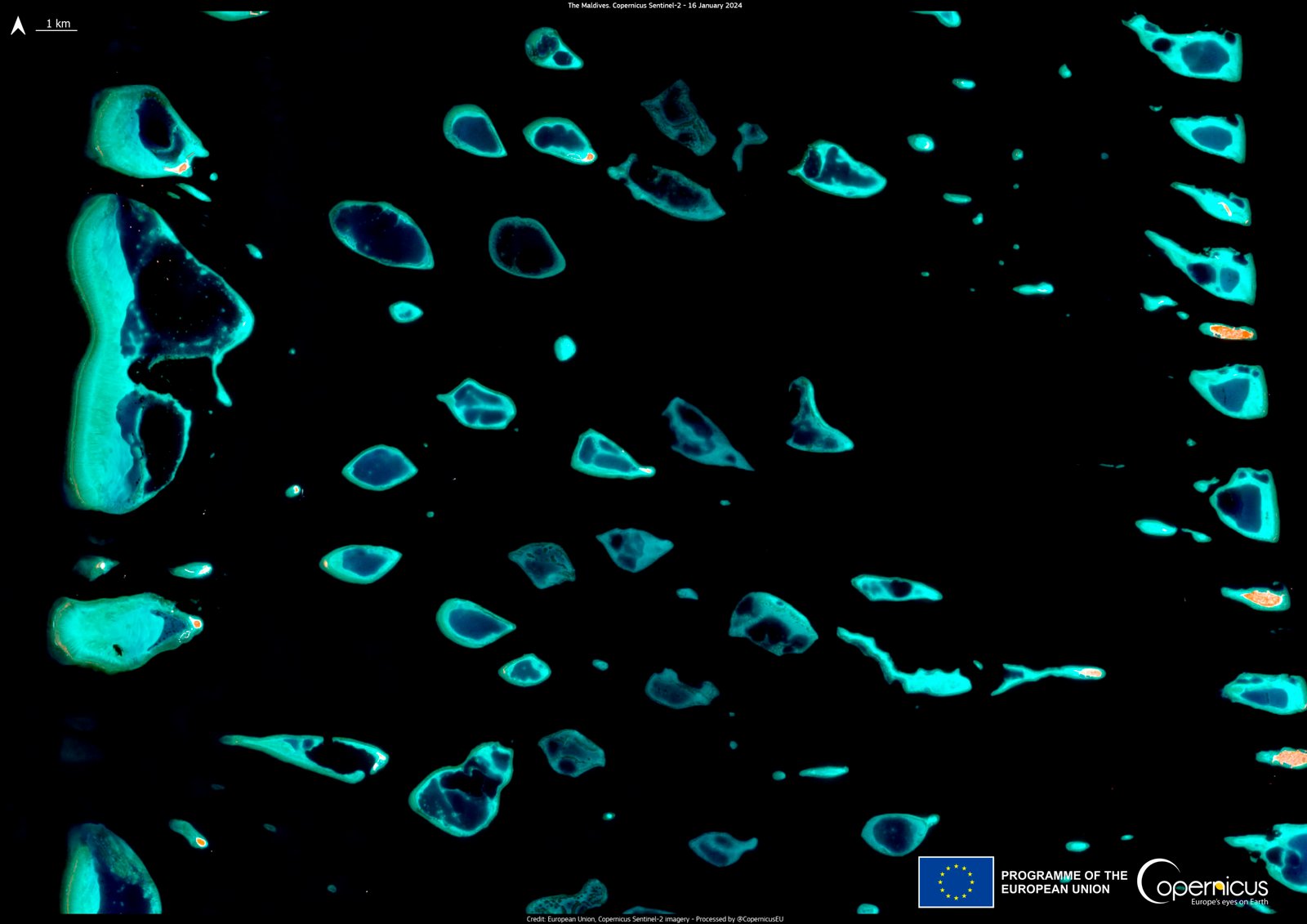
Just like people inherit eye color or disease resistance from their parents, corals pass down genetic traits, too. Some of these traits are linked to how well they handle heat stress. Recent studies have pinpointed certain genes that help corals manage damage from high temperatures, often related to cell repair, protein stability, and immune responses. These genetic variations act like a suit of armor, letting some corals shrug off the heat while their neighbors falter. What’s truly fascinating is that, as bleaching events become more common, nature is putting more of these tough genes into circulation—a real-time evolutionary experiment playing out before our eyes.
The Role of Symbiotic Algae in Survival
Corals owe much of their vibrant color and energy to their symbiotic relationship with tiny algae called zooxanthellae. But not all algae are created equal. Some types are better at surviving in hot, stressful conditions. When waters warm, corals that host these heat-loving algae have a better shot at survival. Think of it as swapping out a car’s engine for a model built for racing on a desert track. In some cases, corals can even shuffle or change their algal partners after a bleaching event, giving them a second chance at life with a more suitable companion.
Microbial Allies: The Coral Microbiome
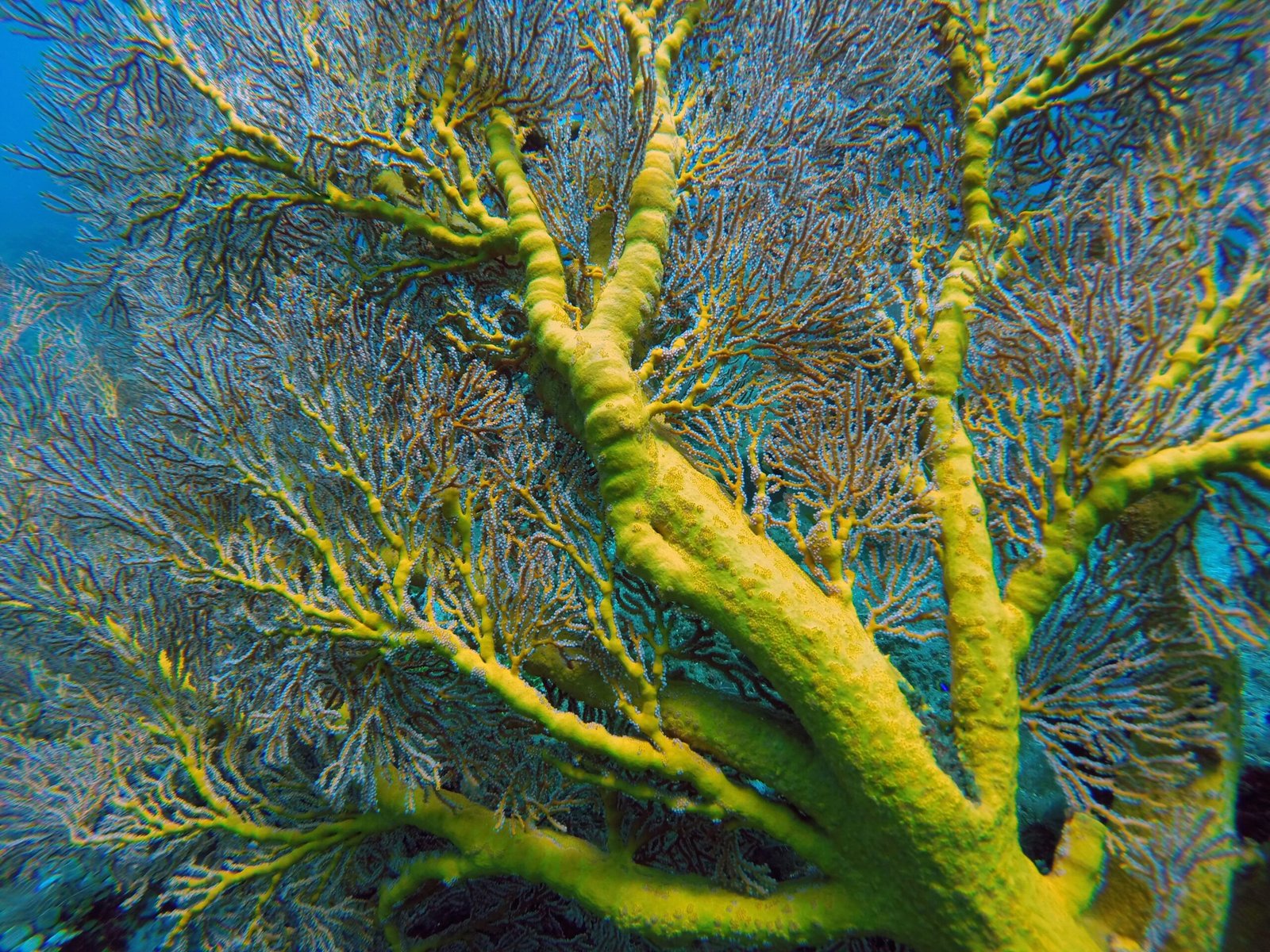
Beyond algae, corals harbor a bustling community of bacteria, fungi, and viruses—their microbiome. This microscopic world can make a surprising difference in how corals respond to heat. Some bacteria help corals manage oxidative stress, while others may boost their immune systems. Recent research suggests that tweaking the coral microbiome could enhance resilience, much like taking probiotics to help your gut health. Scientists are now experimenting with introducing beneficial microbes to baby corals, hoping to give them a head start against future heatwaves.
Coral Adaptation: Evolution in Fast Forward
Evolution is usually a slow process, unfolding over thousands or even millions of years. But for corals, the pace has picked up dramatically. Faced with repeat bleaching events, the rules have changed: only the toughest survive and reproduce. This rapid selection means new generations of corals may be better equipped for a hotter world. It’s like a high-stakes race where only the fastest runners get to have kids. In some reefs, scientists are already observing a shift toward more heat-tolerant species and individuals, hinting at evolution moving in real time.
Assisted Evolution: Helping Corals Adapt
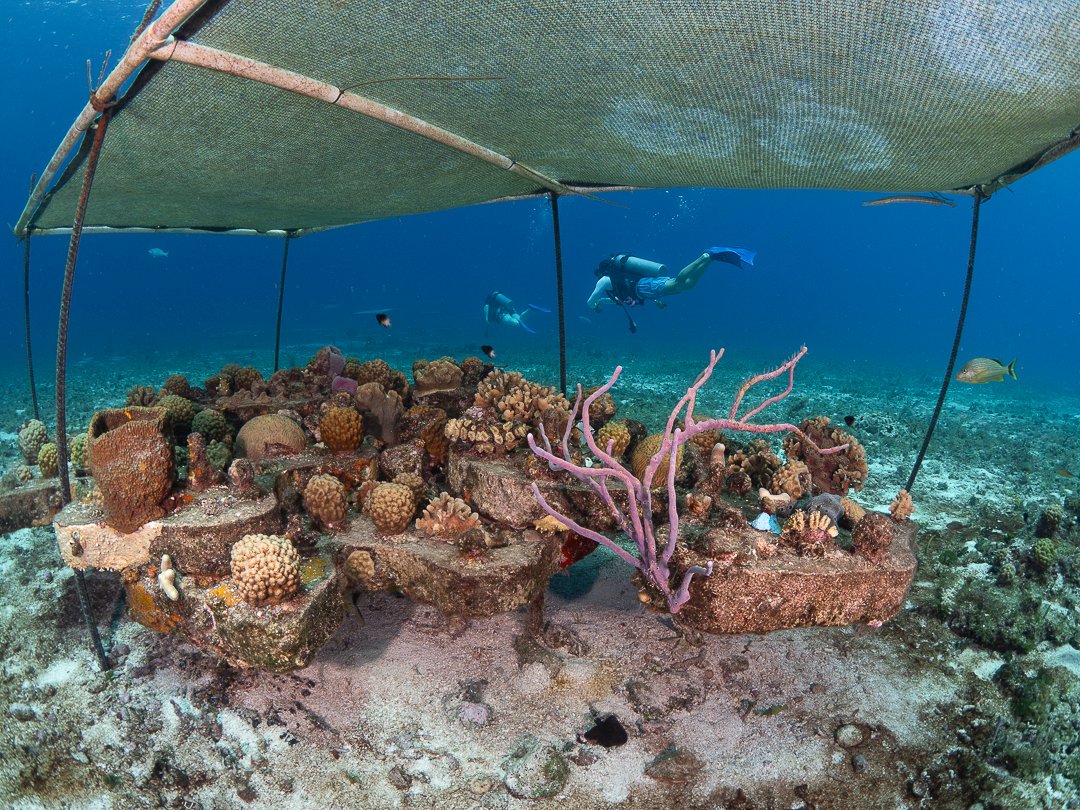
Given the urgency, scientists aren’t just watching evolution—they’re trying to speed it up. Assisted evolution means helping corals acquire heat tolerance faster than nature might on its own. This can involve breeding corals with proven heat resistance, exposing young corals to mild heat stress to “train” them, or even swapping out their algae and microbes. It’s a bit like preparing athletes for the Olympics by giving them the best trainers and nutrition. Early results are promising, offering hope that we can help reefs stay one step ahead of climate change.
Reef Restoration and Selective Breeding
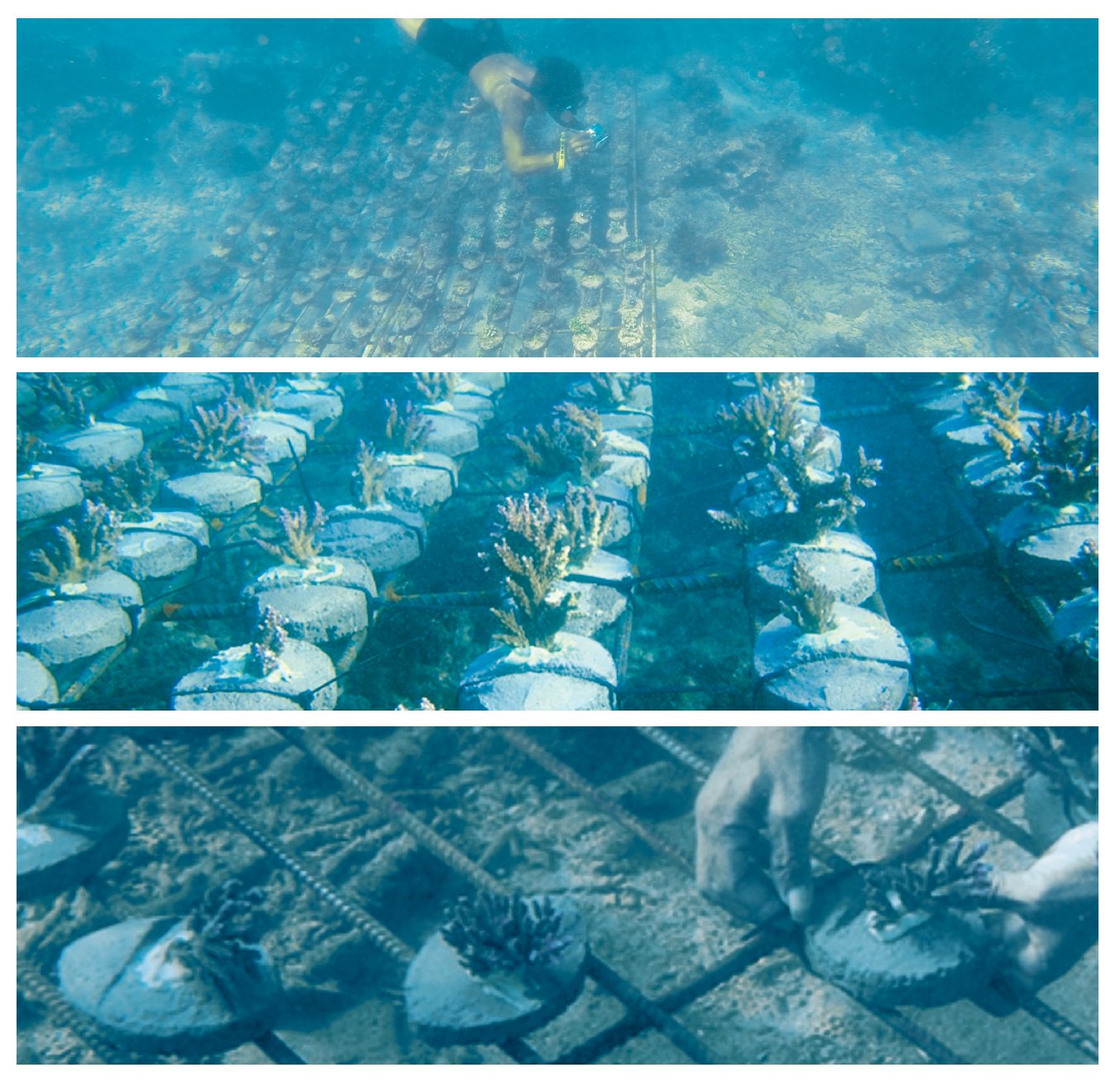
Restoring reefs isn’t as simple as planting coral fragments and hoping for the best. Now, many restoration projects are focusing on using only the hardiest, most heat-tolerant corals. Selective breeding programs collect corals that survived recent bleaching, cross them, and grow their offspring in nurseries. These “super corals” are then transplanted back onto struggling reefs. It’s a painstaking process, but every new coral that survives a heatwave is a small victory for the future of reefs.
Hybrid Corals: Nature’s Surprising Solution
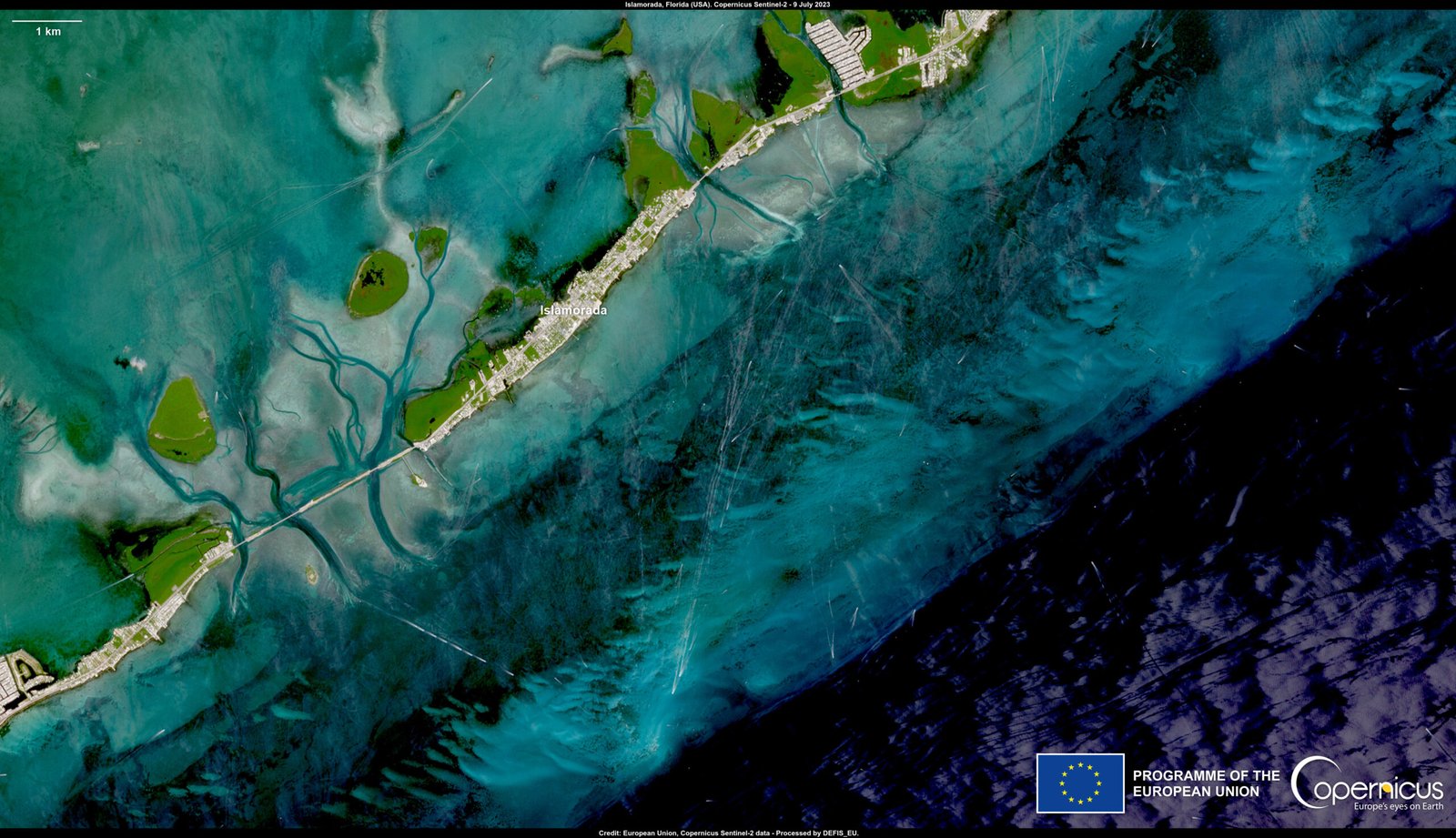
Sometimes, two different coral species can mate and produce hybrids with unique strengths. Recent discoveries show that some hybrids are more heat-tolerant than either parent, combining the best of both worlds. These hybrid corals often thrive where pure species struggle, suggesting that mixing things up genetically could be a natural way to boost reef survival. It’s a reminder that evolution is creative, sometimes solving problems in unexpected ways.
The Shifting Face of Coral Diversity
As the climate changes, the makeup of coral communities is changing, too. Some species are becoming rare, while others—often the tougher, less showy types—are taking over. This shift could mean that future reefs look and function differently than the ones we know today. Biodiversity might decrease in some places, but new combinations of species could create surprisingly resilient ecosystems. It’s a bittersweet transformation, one that brings both loss and renewal.
The Human Impact: Are We Helping or Hurting?
Human actions are a double-edged sword for coral reefs. While we’re driving the warming that threatens them, we’re also funding research, restoration, and conservation efforts. Every time someone reduces their carbon footprint, supports reef-friendly tourism, or donates to coral science, they’re making a difference. Yet, the scale of the challenge is immense, and the clock is ticking. Our choices in the next decade will shape the fate of reefs for generations.
Hope from Unexpected Places: Urban and Shallow Reefs
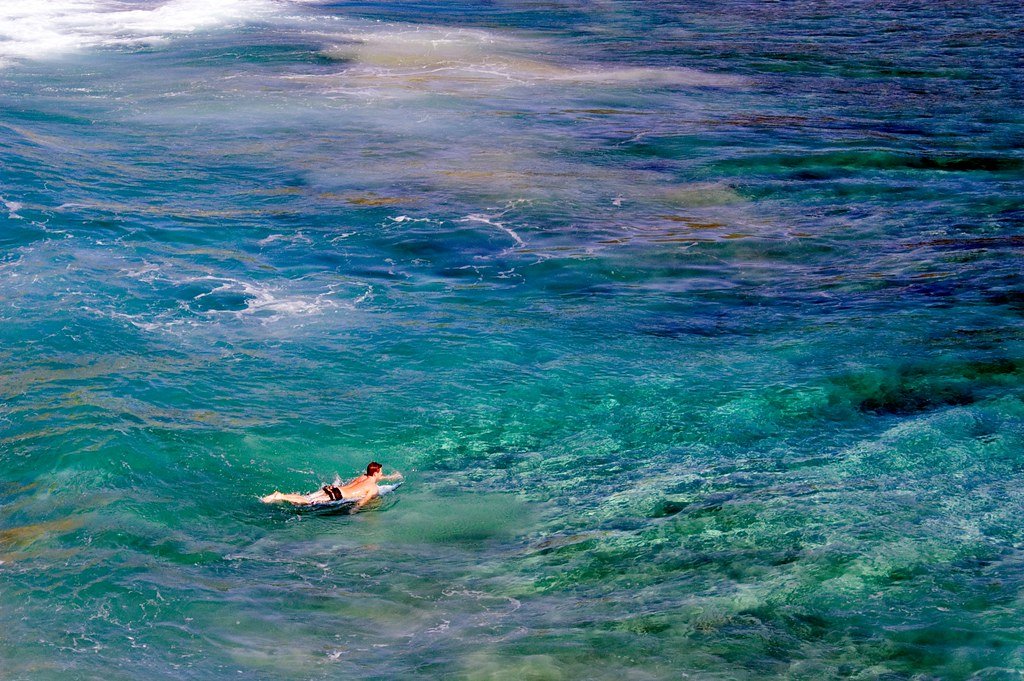
Not all hope comes from remote, pristine reefs. Some of the most heat-resistant corals are popping up in unexpected places—urban harbors, muddy lagoons, and shallow tide pools where conditions are already tough. These “urban warriors” are teaching scientists valuable lessons about survival. Their success hints that adaptability can emerge in even the most unlikely corners of the ocean, offering unexpected sources of resilience.
The Role of Local Communities in Coral Survival
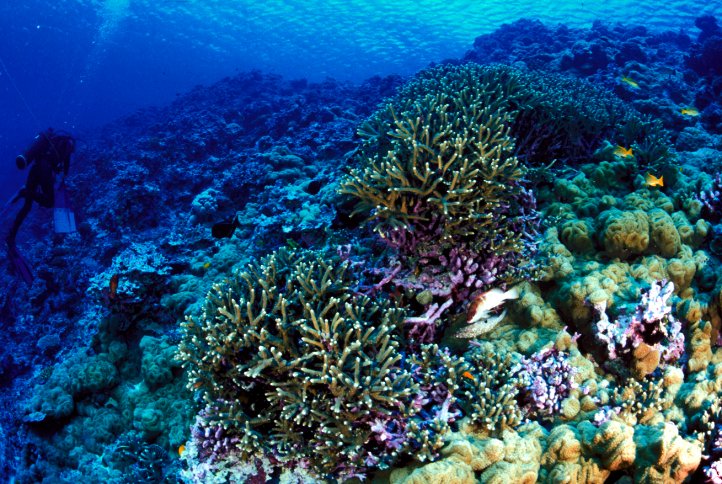
Local communities, especially those that depend on reefs for food and tourism, are becoming key players in coral conservation. Many have deep knowledge of their local reefs, knowing which patches seem to bounce back after bleaching. Community-led monitoring, sustainable fishing, and reef-friendly practices can make a real difference. In places like Fiji and Indonesia, grassroots efforts are helping to protect and restore reefs, blending traditional wisdom with modern science.
Technology’s Role: From Satellites to Genetics Labs
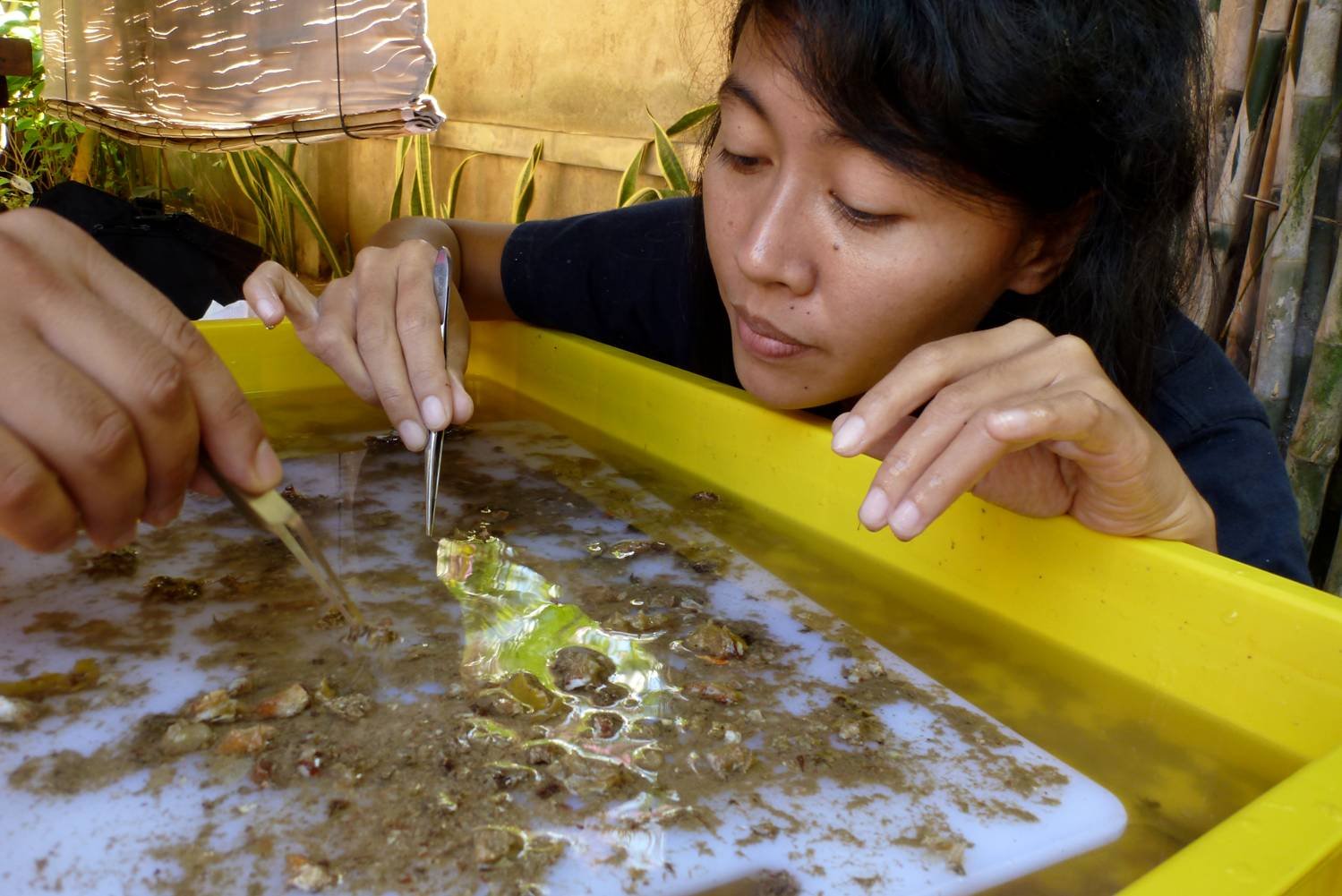
Modern technology is giving scientists powerful new tools to track, study, and protect corals. Satellites monitor sea surface temperatures in real time, predicting bleaching events before they happen. DNA sequencing lets researchers quickly identify heat-resistant corals and understand their secrets. Drones, underwater robots, and AI are all joining the fight to save reefs. These advances mean we can respond faster, target our efforts better, and learn more than ever before.
Coral Reefs as Climate Change Sentinels
Coral reefs are often called “the canaries in the coal mine” for the oceans. Their health tells us a lot about the state of the planet. As corals adapt—or fail to adapt—to rising temperatures, they offer a glimpse of how other ecosystems might respond to climate change. Their struggle is a warning, but also a lesson in resilience and adaptation.
Lessons for Conservation Beyond Reefs
The story of heat-resistant corals isn’t just about marine life. It offers broader insights into how nature copes with rapid change. Strategies like assisted evolution, microbiome manipulation, and selective breeding could apply to other threatened species. Coral research is shaping the future of conservation science, showing that sometimes we need to think outside the box to protect what we love.
The Emotional Toll: Why Coral Reefs Matter
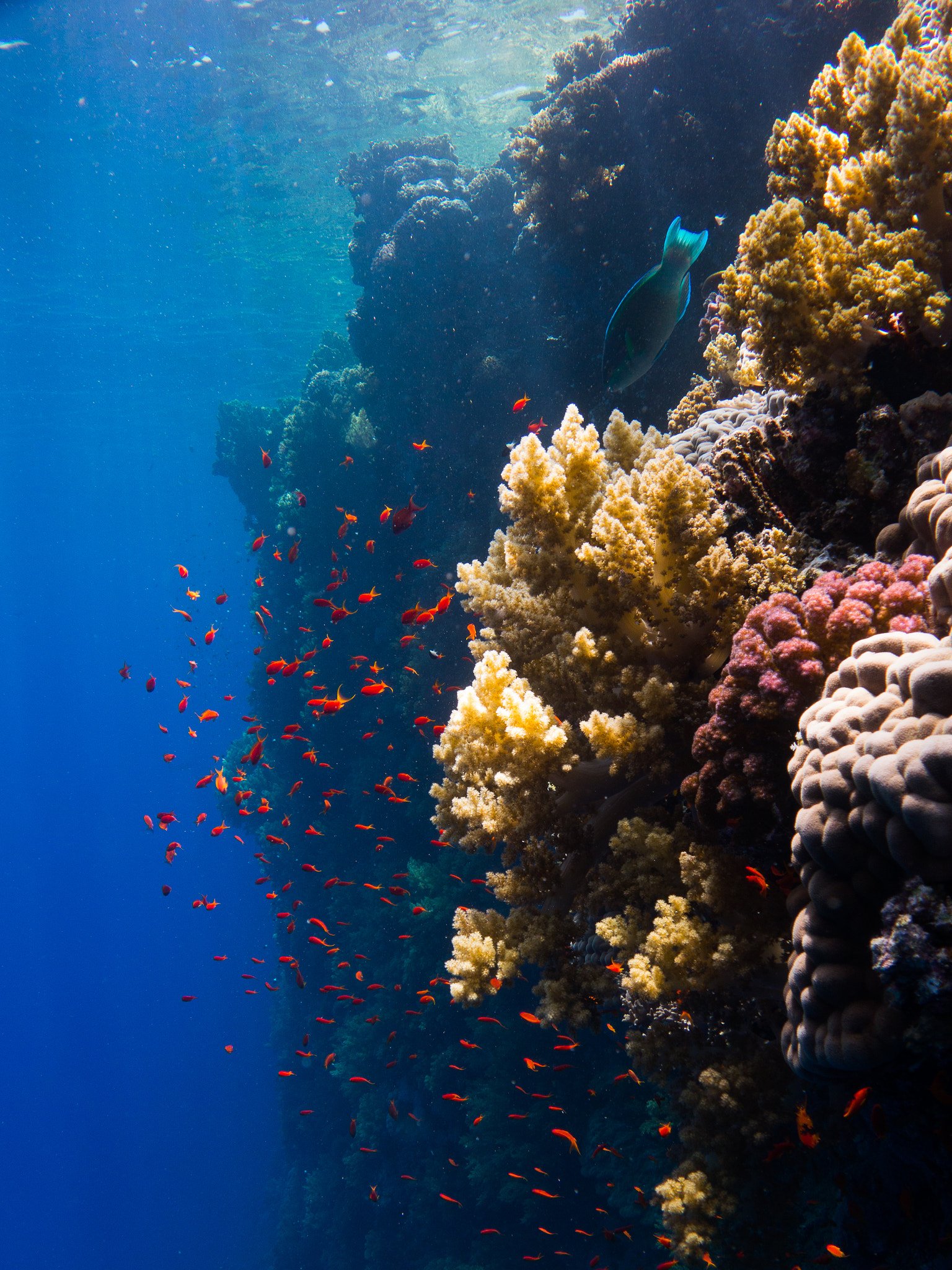
Coral reefs hold a special place in the human imagination. They’re not just biological marvels—they’re cultural icons, sources of livelihood, and symbols of nature’s beauty and fragility. The thought of losing them is heartbreaking, but their stubborn resilience is deeply inspiring. When people see that reefs can fight back, it sparks hope and determination to help.
What the Future Holds: A Race Against Time
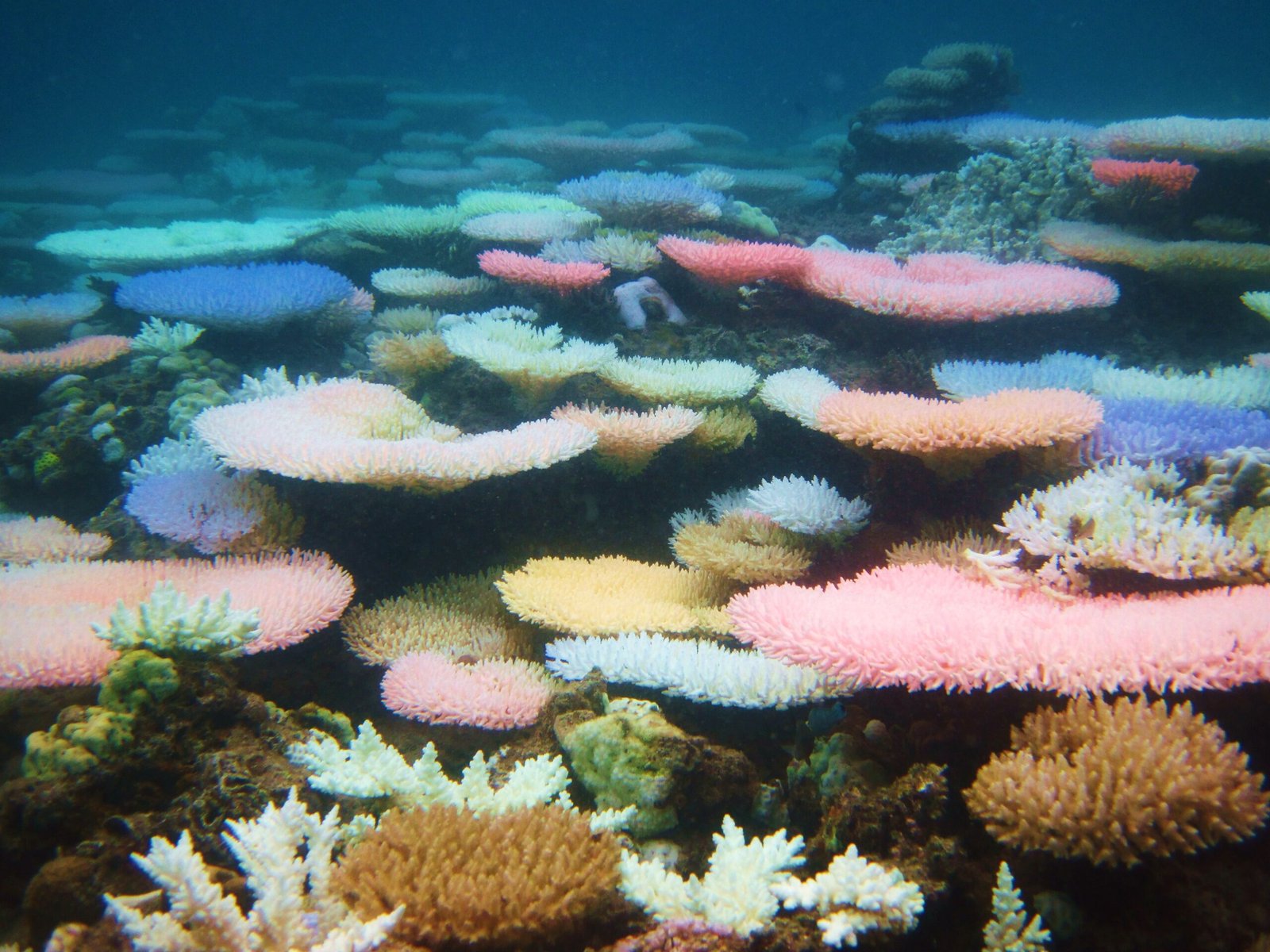
The fight for reef survival is far from over. Heat-resistant corals offer a ray of hope, but there’s no guarantee of victory. The next decade will be critical, as climate change accelerates and reefs face more frequent heatwaves. The choices we make now—individually and collectively—will decide whether future generations can marvel at coral reefs or only read about them in history books.
A Call to Action: Protecting the World’s Coral Reefs
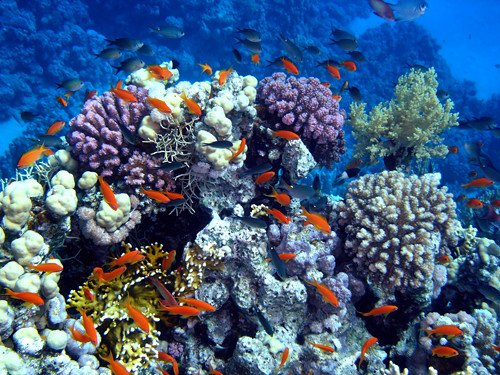
Every effort counts, whether it’s supporting reef conservation, choosing sustainable seafood, or simply spreading the word. Coral reefs are evolving, adapting, and fighting for survival, but they can’t do it alone. It’s a race against the clock, filled with setbacks and surprises, triumphs and heartbreaks. Will we rise to the challenge and help these underwater wonders endure?

